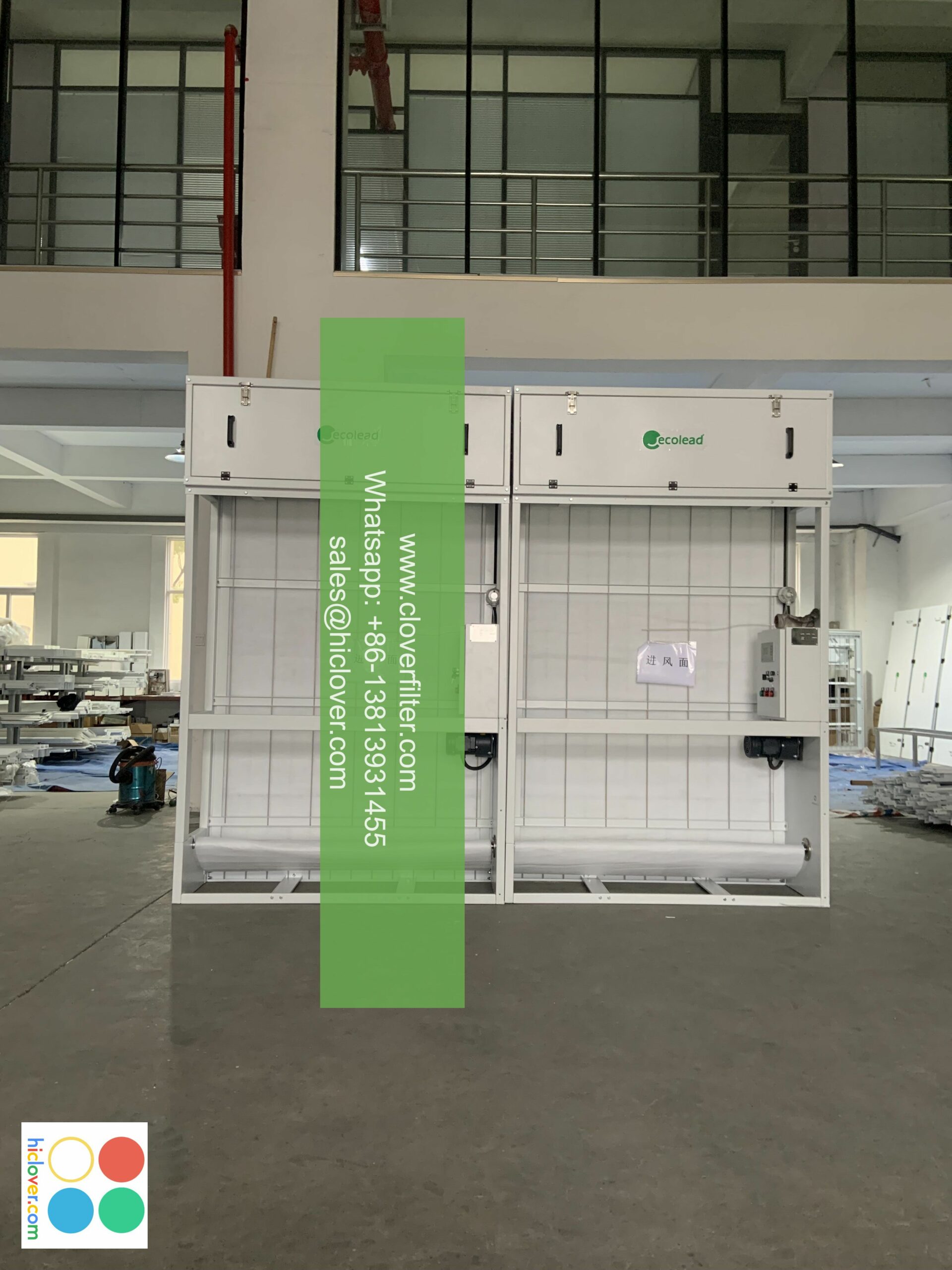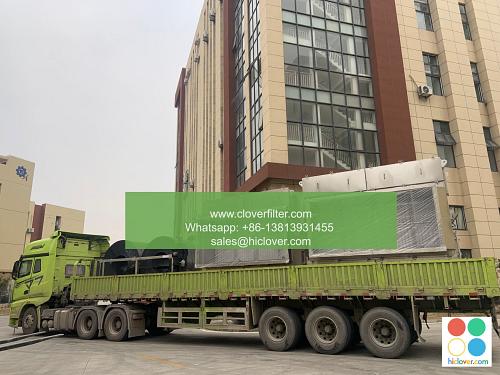7 Real-Life Cases of Successful Air Filter Upgrades and the Surprising Terms at Play

Air filter upgrades have become a crucial aspect of maintaining indoor air quality, reducing energy consumption, and prolonging the lifespan of HVAC systems. In this article, we will delve into 7 real-life cases of successful air filter upgrades, exploring the surprising terms at play and highlighting various application areas where these upgrades have made a significant impact.
Case 1: Commercial Office Building – MERV 13 Filtration and IAQ Improvement
A commercial office building in downtown Manhattan upgraded its air filtration system to MERV 13 filters, resulting in a significant improvement in indoor air quality (IAQ). The new filters captured 95% of particles as small as 1 micron, reducing airborne contaminants and creating a healthier environment for occupants. This upgrade also led to a 15% reduction in energy consumption, as the system no longer had to work as hard to heat and cool the space.
Case 2: Industrial Facility – HEPA Filtration and Particulate Matter Reduction
An industrial facility in the Midwest upgraded its air filtration system to HEPA (High Efficiency Particulate Air) filters, capable of capturing 99.97% of particles as small as 0.3 microns. This upgrade significantly reduced particulate matter (PM) in the facility, improving the health and safety of workers and reducing the risk of equipment damage. The new filters also helped to minimize downtime and increase overall productivity.
Case 3: Residential Home – Smart Air Purification and IoT Integration
A residential home in California upgraded its air filtration system to a smart air purification system, integrating with the Internet of Things (IoT) to monitor and control indoor air quality in real-time. The system utilized advanced sensors and algorithms to detect and remove pollutants, allergens, and odors, creating a healthier and more comfortable living environment. The homeowner was able to control the system remotely through a mobile app, receiving notifications and updates on the system’s performance.
Case 4: Hospital – Ultra-Fine Filtration and Infection Control
A hospital in the Northeast upgraded its air filtration system to ultra-fine filters, capable of capturing particles as small as 0.1 microns. This upgrade played a critical role in infection control, reducing the risk of airborne pathogens and creating a safer environment for patients and staff. The new filters also helped to minimize the spread of diseases, such as influenza and tuberculosis.
Case 5: School – Green Building and Sustainable Air Filtration
A school in the Northwest upgraded its air filtration system as part of a larger green building initiative, focusing on sustainable air filtration and energy efficiency. The new system utilized eco-friendly filters made from recycled materials, reducing waste and minimizing the school’s carbon footprint. The upgrade also improved indoor air quality, creating a healthier and more productive learning environment for students.
Case 6: Data Center – Air-Side Economization and Energy Efficiency
A data center in the Southwest upgraded its air filtration system to incorporate air-side economization, utilizing outside air to cool the facility instead of mechanical cooling systems. This upgrade significantly reduced energy consumption, resulting in cost savings and a lower environmental impact. The new system also improved indoor air quality, reducing the risk of equipment damage and downtime.
Case 7: Museum – Preservation and Climate Control
A museum in the Southeast upgraded its air filtration system to preserve sensitive artworks and artifacts. The new system utilized advanced climate control and air filtration technologies, maintaining a consistent temperature and humidity level while removing pollutants and particulate matter. This upgrade helped to prolong the lifespan of the artifacts, preserving cultural heritage for future generations.
These 7 real-life cases demonstrate the significant impact of air filter upgrades on indoor air quality, energy efficiency, and overall system performance. By highlighting various application areas, from commercial office buildings to residential homes, we can see the importance of air filter upgrades in creating healthier, more sustainable, and more productive environments. As technology continues to evolve, it’s essential to stay informed about the latest advancements in air filtration, including emerging trends and innovative solutions that can breathe new life into existing systems. You haven’t provided a prompt or question for me to respond to. Please provide more context or information so I can assist you better. What would you like to talk about or ask?

